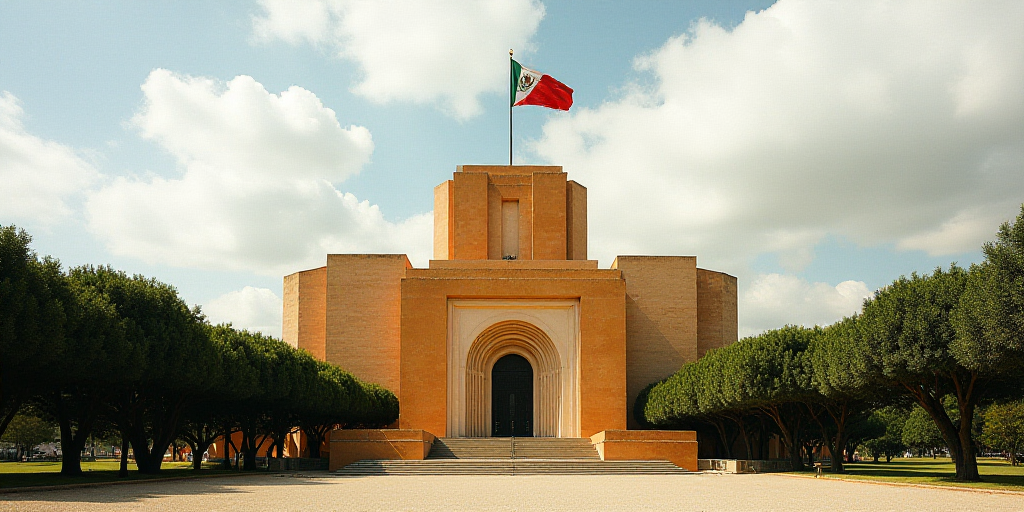Background and Key Players
In a move to modernize the Mexican judicial system and foster cultural pluralism, senators from the Morena party, Laura Estrada Mauro and Antonino Morales Toledo, along with PVEM senator Luis Alfonso Silva Romo, have introduced an initiative to amend the Ley Orgánica del Poder Judicial de la Federación. The proposed change aims to eliminate the mandatory use of the black silk toga and white cuffs for Supreme Court justices.
The toga has been in use since 1941, per a presidential decree. However, the current proposal suggests that justices should be allowed to wear formal or traditional attire, reflecting their origins, customs, and preferences.
The Rationale Behind the Changes
Senators argue that the toga symbolizes elitism and distance between the Supreme Court and the citizenry. This initiative comes as the Supreme Court embarks on a new era with a mixteco-origin president, Hugo Aguilar Ortiz, marking historical progress towards cultural pluralism.
Senator Antonino Morales emphasized that justice should “wear the attire of our people, the simple, hardworking folks from both the countryside and the city, the people of our community.” Aguilar Ortiz, the incoming Supreme Court president, has expressed his intention not to wear the traditional ministerial toga.
Reactions to the Proposal
When questioned about Aguilar Ortiz’s stance, Mexico City Mayor and Morena member Claudia Sheinbaum defended his decision, asking if there was anything wrong with it. In contrast, Rubén Moreira, coordinator of the PRI bancada in the Chamber of Deputies, voiced opposition to the initiative.
Moreira argued that the toga’s fabric and design hold symbolic significance, with thread count representing the gravity of the position, wide and narrow sleeves signifying interpretative breadth or rigor, and color conveying seriousness.
Next Steps
Though the proposal has sparked some controversy, it has yet to be included in the agenda for the upcoming extraordinary session. Nonetheless, it may still progress.
Key Questions and Answers
- What is the main goal of this initiative? The primary objective is to eliminate the mandatory use of the black silk toga and white cuffs for Supreme Court justices, promoting cultural pluralism and reducing perceived elitism.
- Who are the key legislators involved? Senators Laura Estrada Mauro and Antonino Morales Toledo from the Morena party, along with PVEM senator Luis Alfonso Silva Romo.
- Why is this initiative significant? The proposal aims to modernize the Mexican judicial system and foster cultural pluralism, especially as the Supreme Court begins a new era with a mixteco-origin president.
- What are the arguments for and against the proposal? Supporters argue that the toga symbolizes elitism, while opponents maintain that its fabric and design hold symbolic significance representing the gravity of the position, interpretative breadth or rigor, and seriousness.
- What is the current status of this initiative? The proposal has not yet been included in the agenda for the upcoming extraordinary session, but it may still advance.






